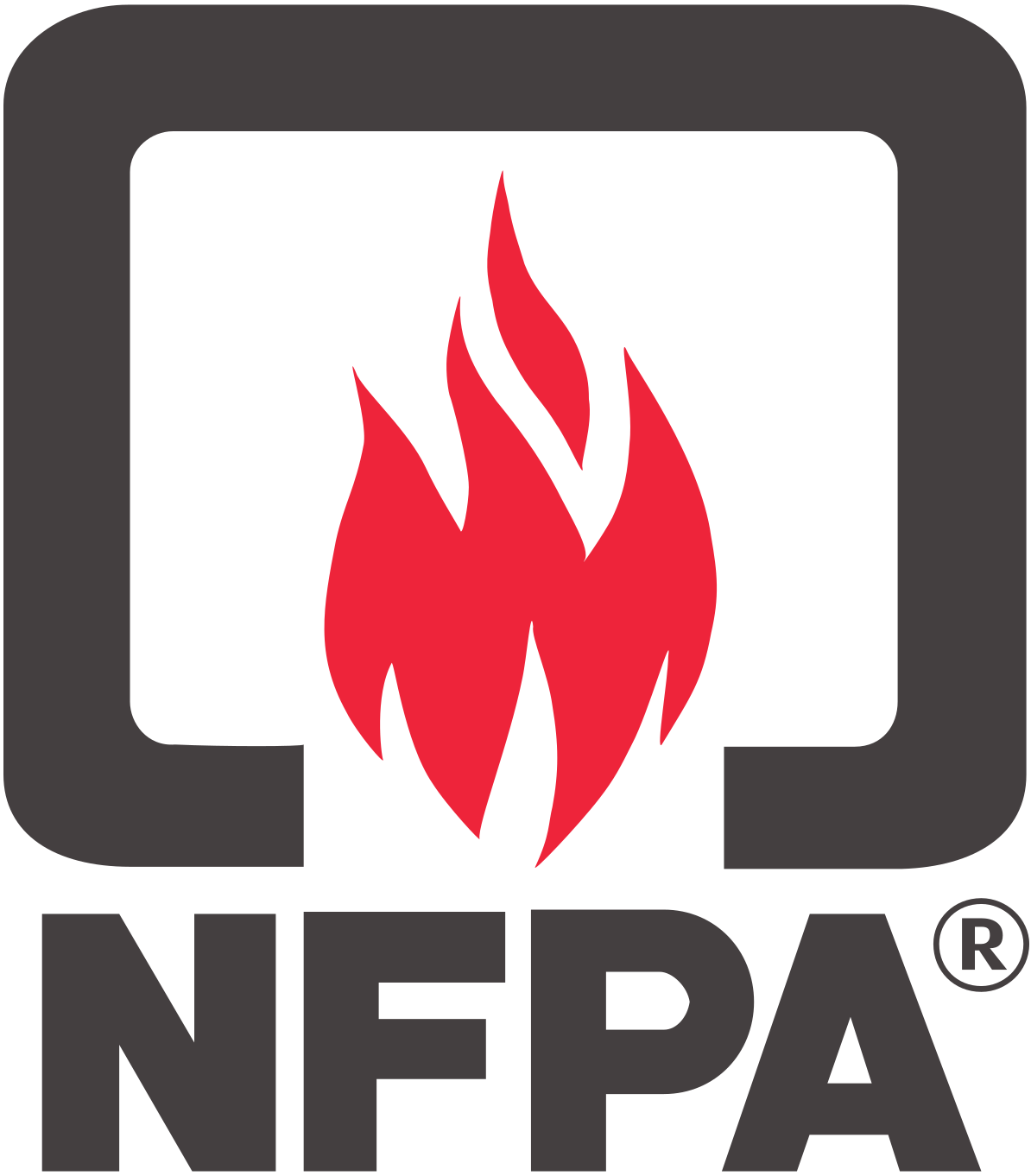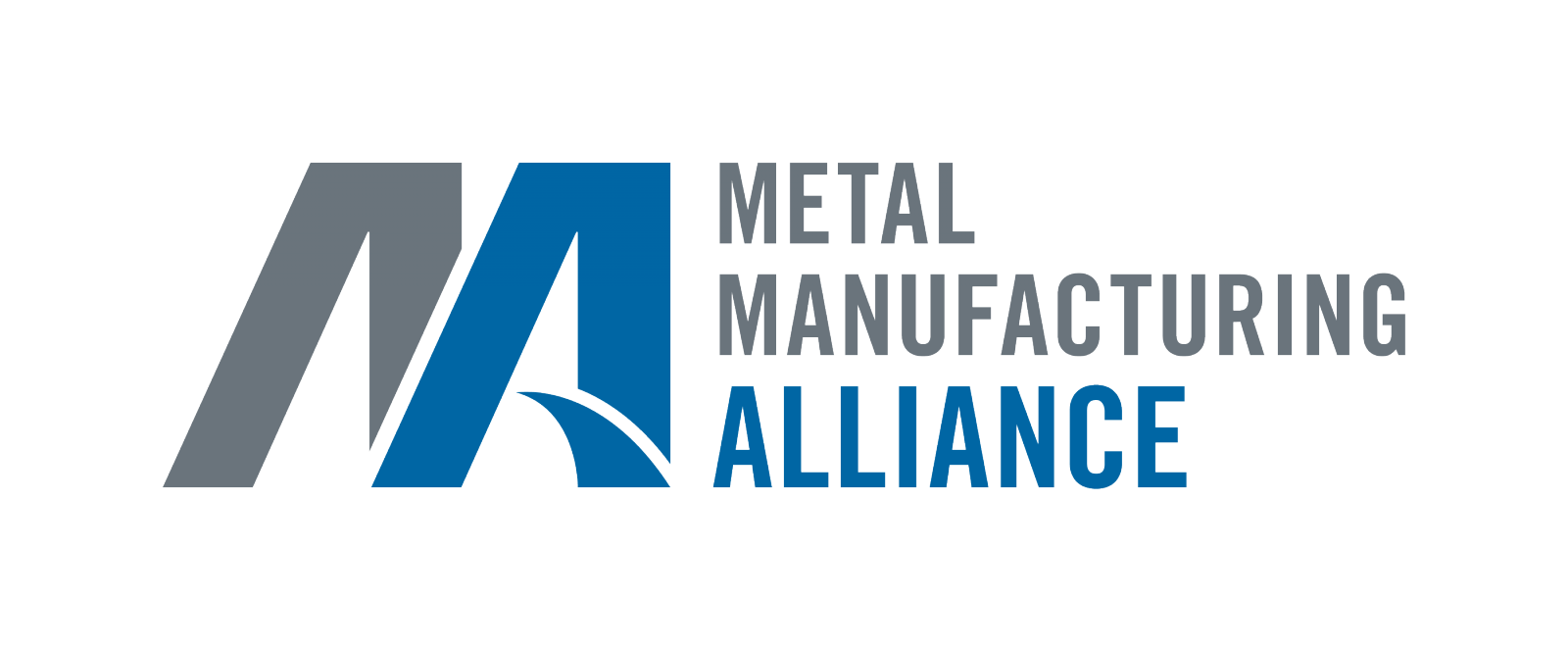
The National Fire Protection Association (NFPA) has introduced Standard 664, providing a rigorous framework that outlines stringent guidelines for the safe operation of enclosureless dust collectors with a capacity of less than 5,000 CFM.
These are not just formalities. Standard 664 consists of measures and rules to mitigate the significant risks associated with dust accumulation.
Proximity: a safety measure
NFPA 664 underlines the importance of the strategic positioning of dust collectors and emphasizes the ideal proximity to be respected. In fact, it's important to maintain a distance of 20 feet between operators, other dust collectors and areas of passage.
This is a mandatory and essential safety measure to prevent explosions or fires caused by dust. The aim of this standard is to protect personnel, while creating a safe and reliable industrial environment.
Capacity limitations
In terms of capacity, the standard imposes a limit of 5,000 CFM for dust collectors located indoors. This limitation is designed to ensure that these devices operate within safe limits to allow for effective control of dust levels. It is important to adhere to this capacity limitation to ensure a working environment where the risk of excessive dust accumulation is controlled.
Reducing the risk through manual processes
NFPA 664 stipulates the need for a manual, non-continuous process to remove dust; it emphasizes the importance of human participation in the evacuation of accumulated dust. This ensures that particles are processed and removed with care and precision.
This considerably reduces the risk of unintentional dispersion or ignition of the dust. Manual disposal processes simplify both regular inspections and maintenance work. These are crucial factors to be respected in order to detect problems caused by the presence of dust at an early stage.
Consider compatibility
An important aspect to consider is the compatibility of the dust collector with other types of woodworking machinery. In fact, according to the guidelines of standard 664, it is forbidden to use enclosureless dust collectors with machines such as wide-belt sanders or moulders equipped with mechanical feeds. It is essential to select the appropriate dust collector to ensure compliance with NFPA requirements and thus promote a risk-free working environment.
Complying with the standard is therefore crucial for organizations that rely on enclosureless dust collectors to manage airborne particles. By understanding and implementing all the recommended guidelines, companies can effectively reduce the risk of hazards for their operating employees.
Regular assessments and compliance with NFPA specifications are essential for the smooth operation of all industrial businesses, particularly in the woodworking sector.
Finally, all the guidelines are available in the NFPA guide.
.jpg)





